The Ebiil Society: Champions of Palau
Ann Singeo, founder of our partner organization the Ebiil Society, shares her vision for a thriving Palau and a flourishing world of indigenous science!
Our new online shop is live!
Published on
September 30, 2019
Written by
jose
Photo credit
jose
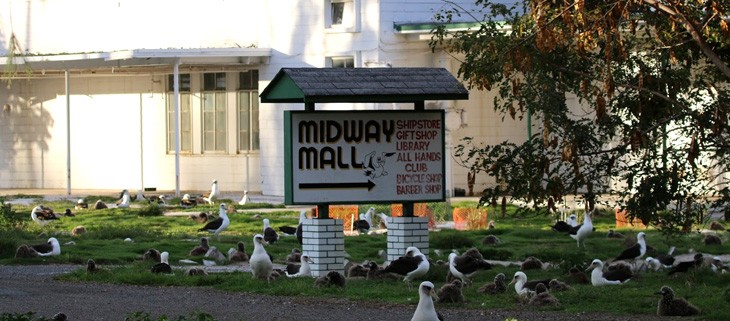
During certain times of the year, airplanes traveling from Honolulu to Midway have to land at night to avoid any interference with native seabirds, so the first time I arrived on the atoll was at night, but I could still see irds…everywhere. I counted one, two, three, ten, thirty…oops, I lost track. The birds were sitting in the dunes, grasslands, beaches, and forested areas all around the runway.
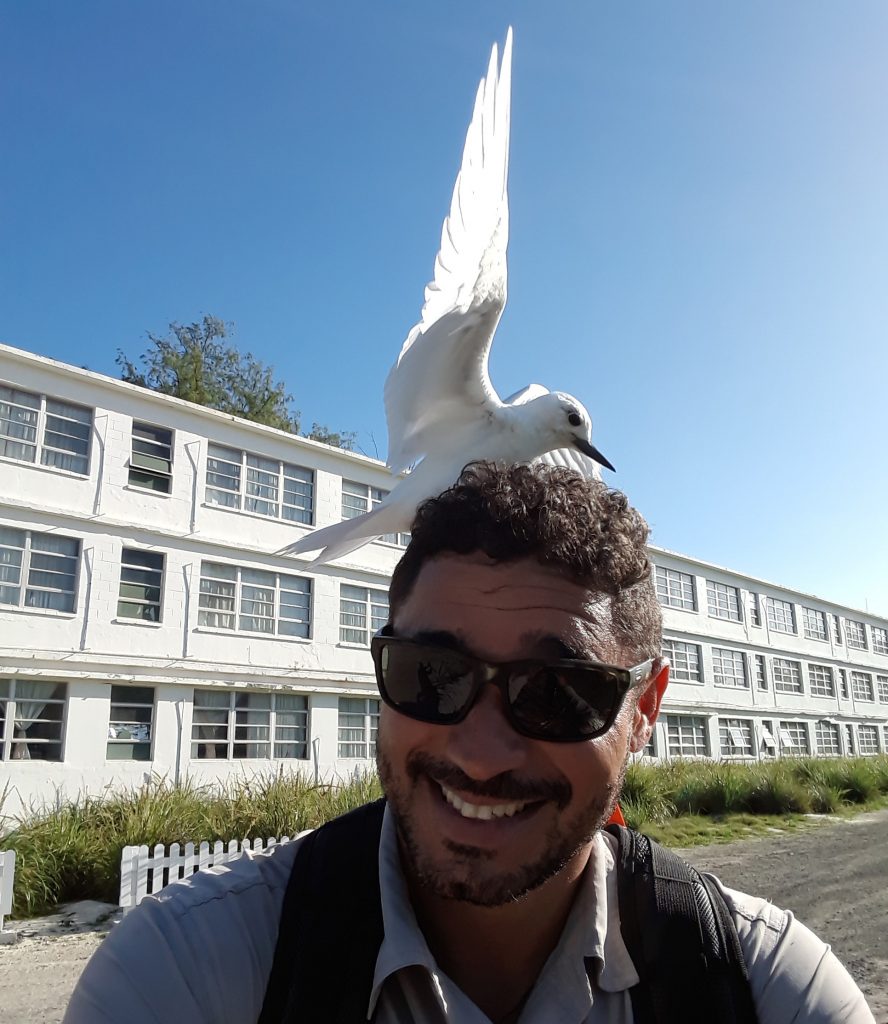
It was immediately clear why Midway is a paradise for seabirds—a refuge for 30 species, translating to over 3 million birds that bring life, activity, and a lot of work for the biologists and island residents. One of the most emblematic and abundant seabird species found is the Laysan Albatross, also known as “gooney birds” or “Moli” in the Hawaiian native tongue. Over 70% of the global population of breeds on Midway making this place a globally important site for the conservation of this species.
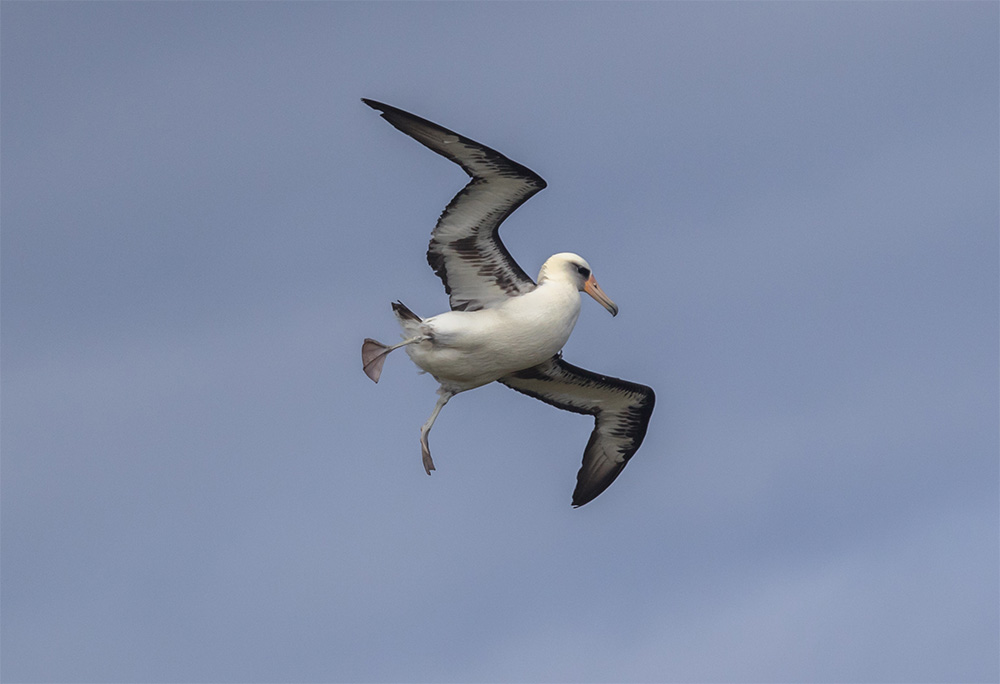
When I woke up my first morning and looked through my window, I saw the horizon covered by Laysan Albatross as well as buildings and infrastructure. The man-made structures are extensive and are the result of a long history of human habitation and infrastructure development when the atoll was a US Naval Base. The atoll had an infrastructure capable of housing and supporting over 5,000 people, but most of it has been removed in the transition from a military installation to a wildlife refuge and national memorial. The remaining infrastructure includes buildings in use for housing, offices, dining, workshops, as well as abandoned and unmaintained structures including a bowling alley.
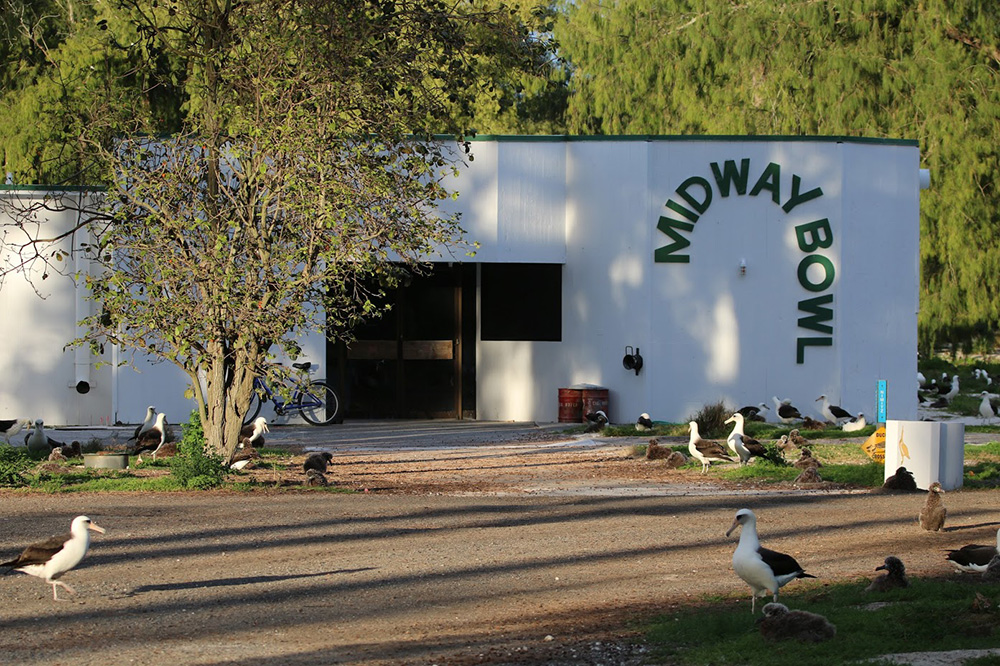
As part of the Midway Seabird Protection Project, I’m responsible for locating potential territories for invasive mice inside all the infrastructure present on Sand Island (the biggest island of the three islands that comprise the atoll). My job is to ensure all structures are known and to do this I’m in the process of visiting and documenting every building on the island as well as underground structures.
During my journey on Midway, the wildlife is always present, especially the seabirds! You can find seabirds everywhere and different species at different months of the year. It is impossible not to do some birdwatching in a natural or artificial landscape while you are working or just wondering around the island. Even in abandoned buildings when silence can feel a little eerie, you can hear from outside the calls of seabirds, making it less lonely and serving as a reminder of the importance of conservation.
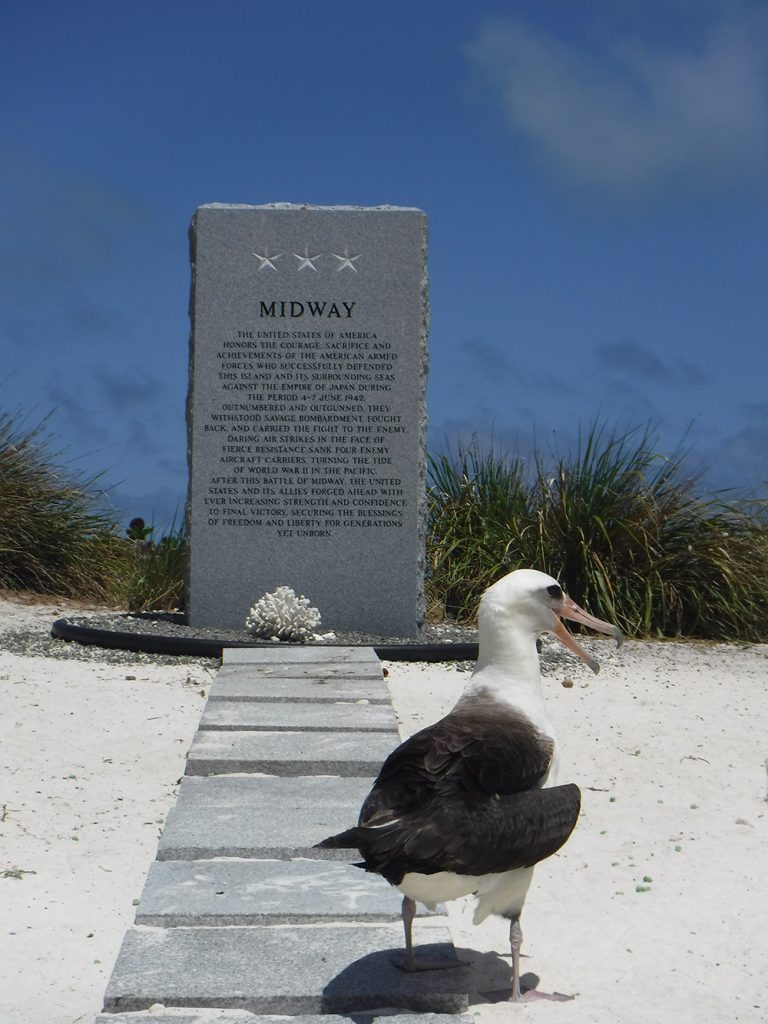
Midway is a place of both historical and biological significance and while working on the island, it is clear that the birds have observed and witnessed the history of life, nature, war, battles, and survival. Island Conservation and our partners are working to restore the native ecosystem and protect these iconic birds by removing the invasive mice that threaten them. Each time I return to Midway, it is clear to me why the atoll is called the “loud din of birds,” and why I am privileged to help protect these seabirds, as well as historical and cultural resources and values of this unique and enchanting place.
Featured photo: Bowling Alley on Midway Atoll is no longer in use. Credit: Jonathan Plissner/Island Conservation
Check out other journal entries we think you might be interested in.
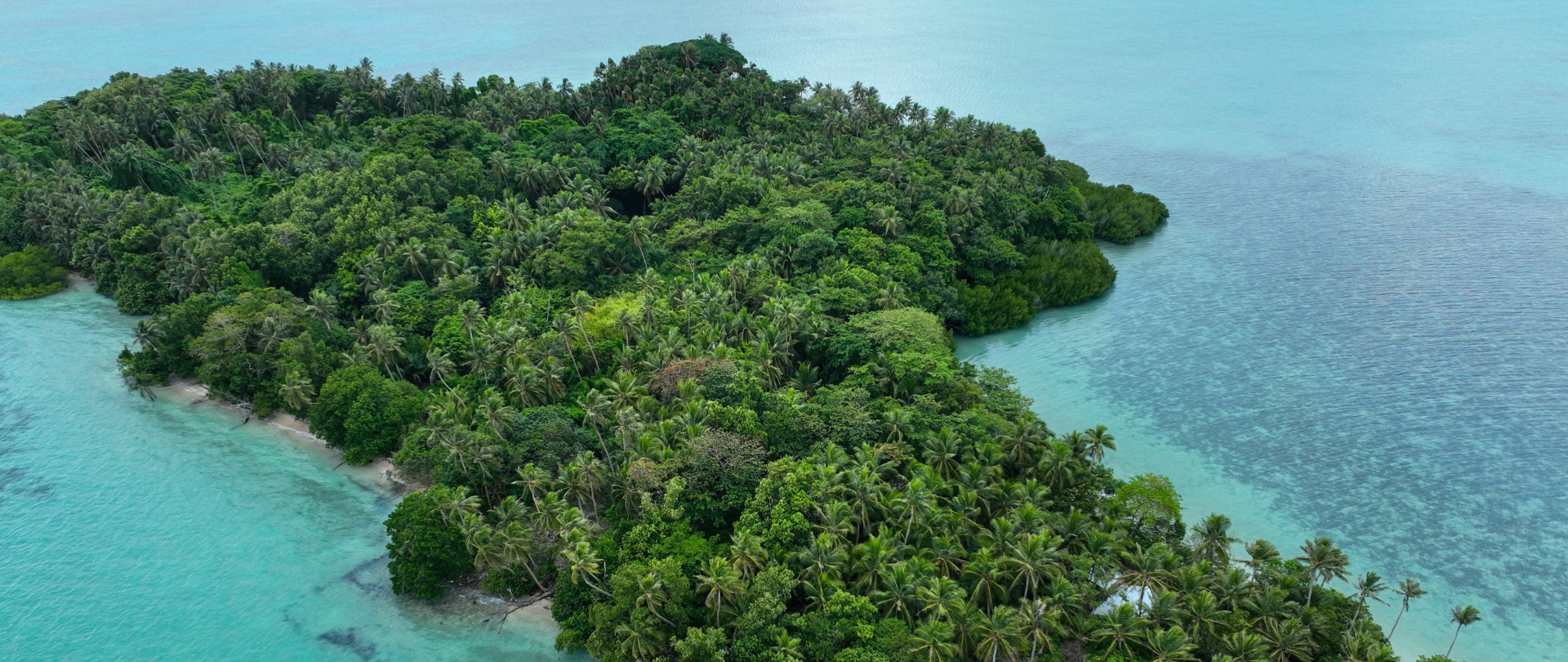
Ann Singeo, founder of our partner organization the Ebiil Society, shares her vision for a thriving Palau and a flourishing world of indigenous science!
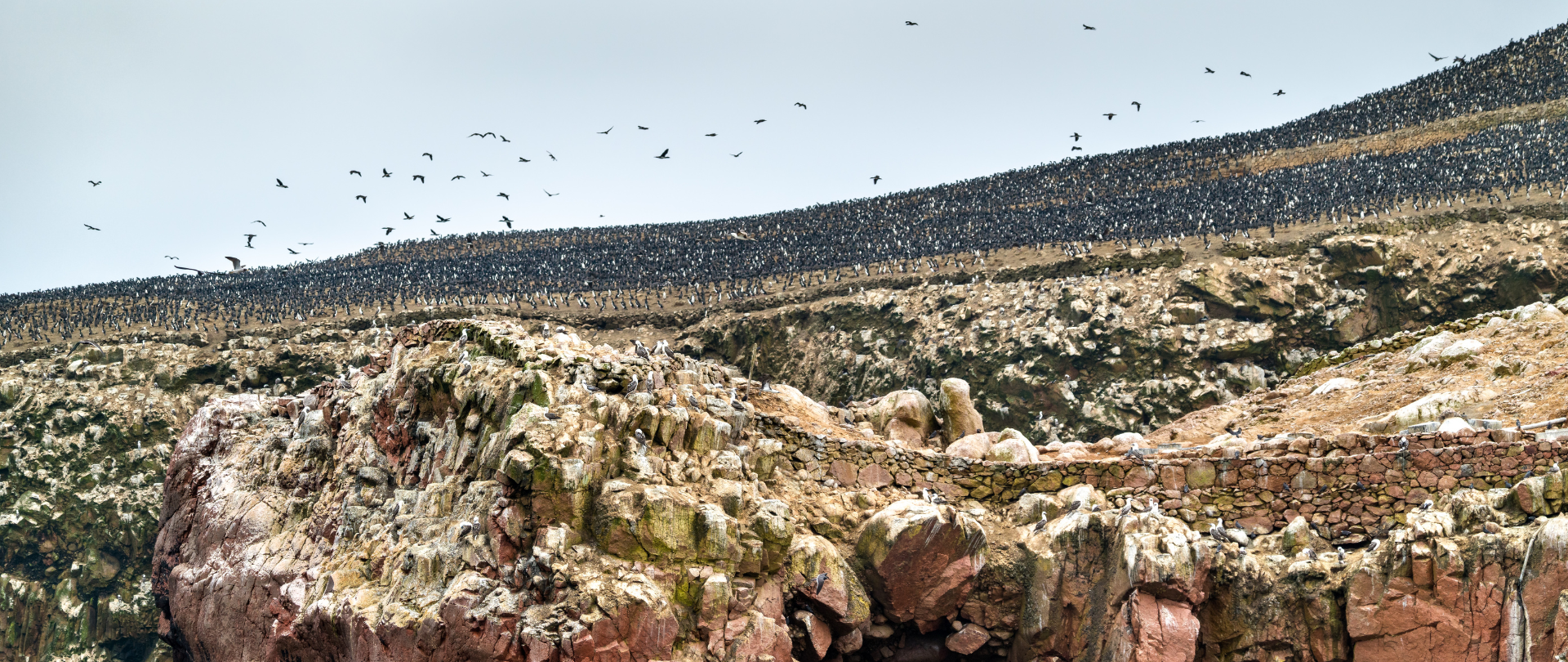
This historic agreement aims to protect the marine and coastal areas of the Southeast Pacific.
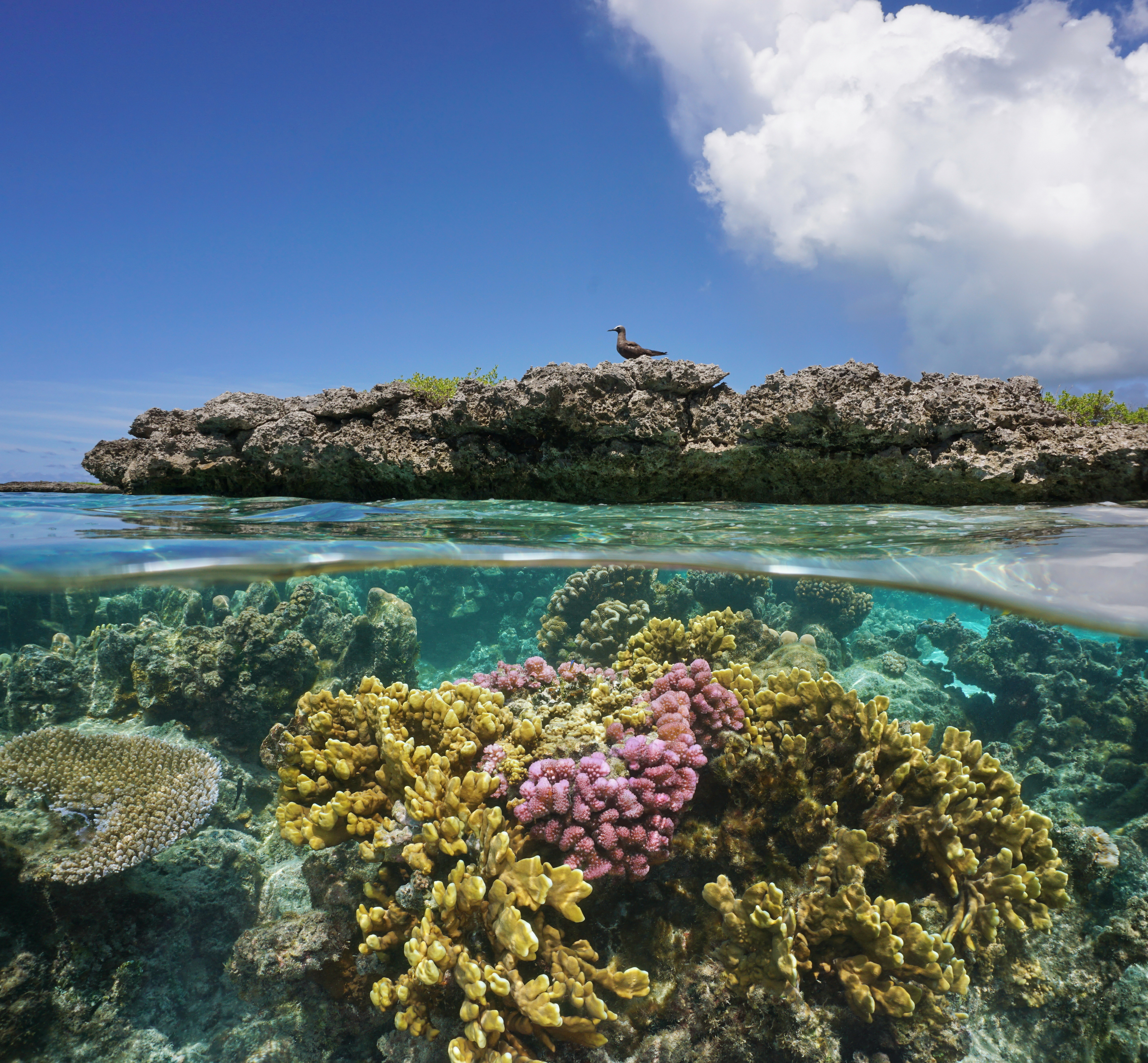
Our projects to restore key islets in Nukufetau Atoll forecast climate resilience and community benefits in Tuvalu!
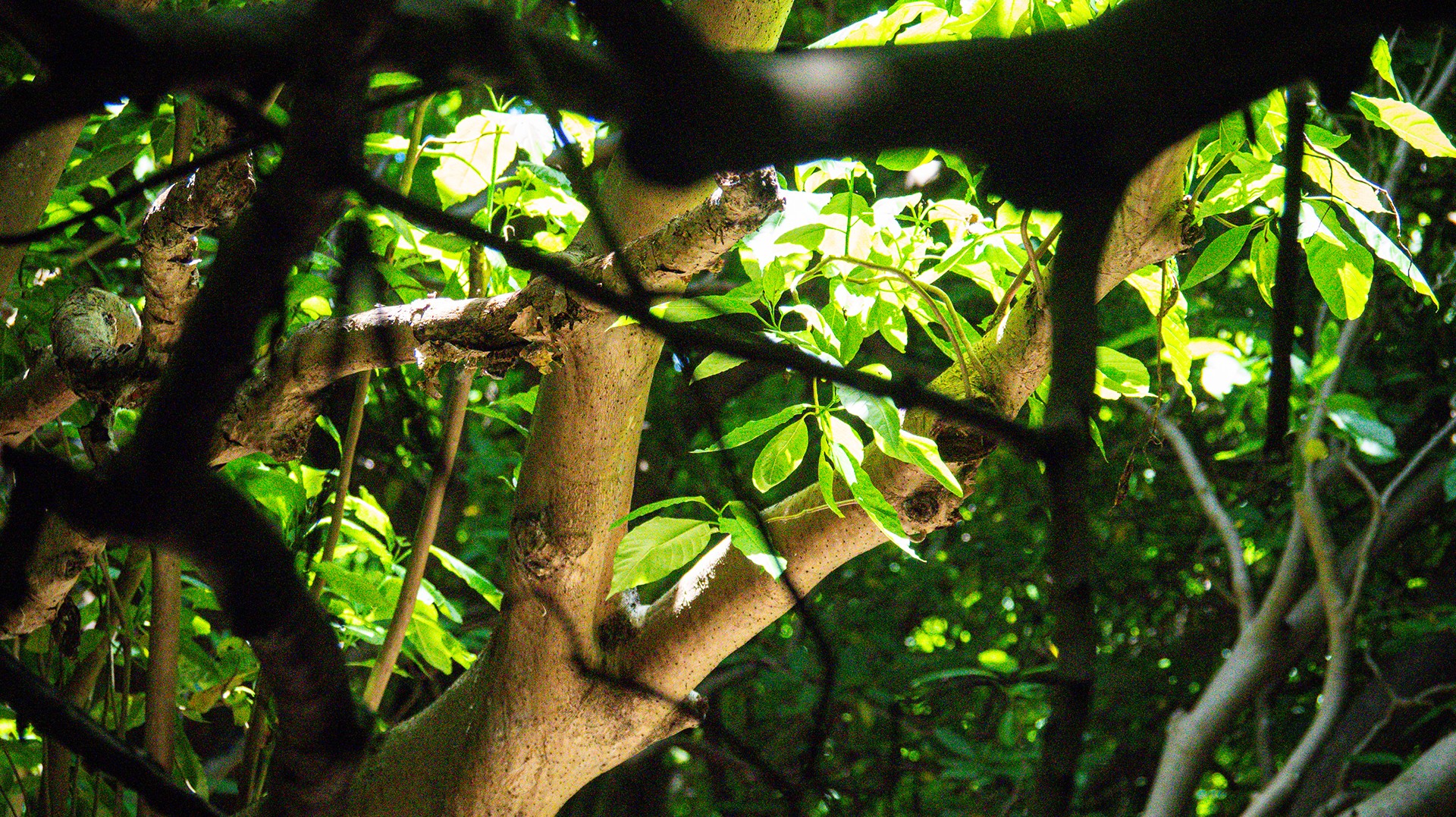
Island Conservation and partners have published a new paper quantifying ecosystem resilience on restored islands!
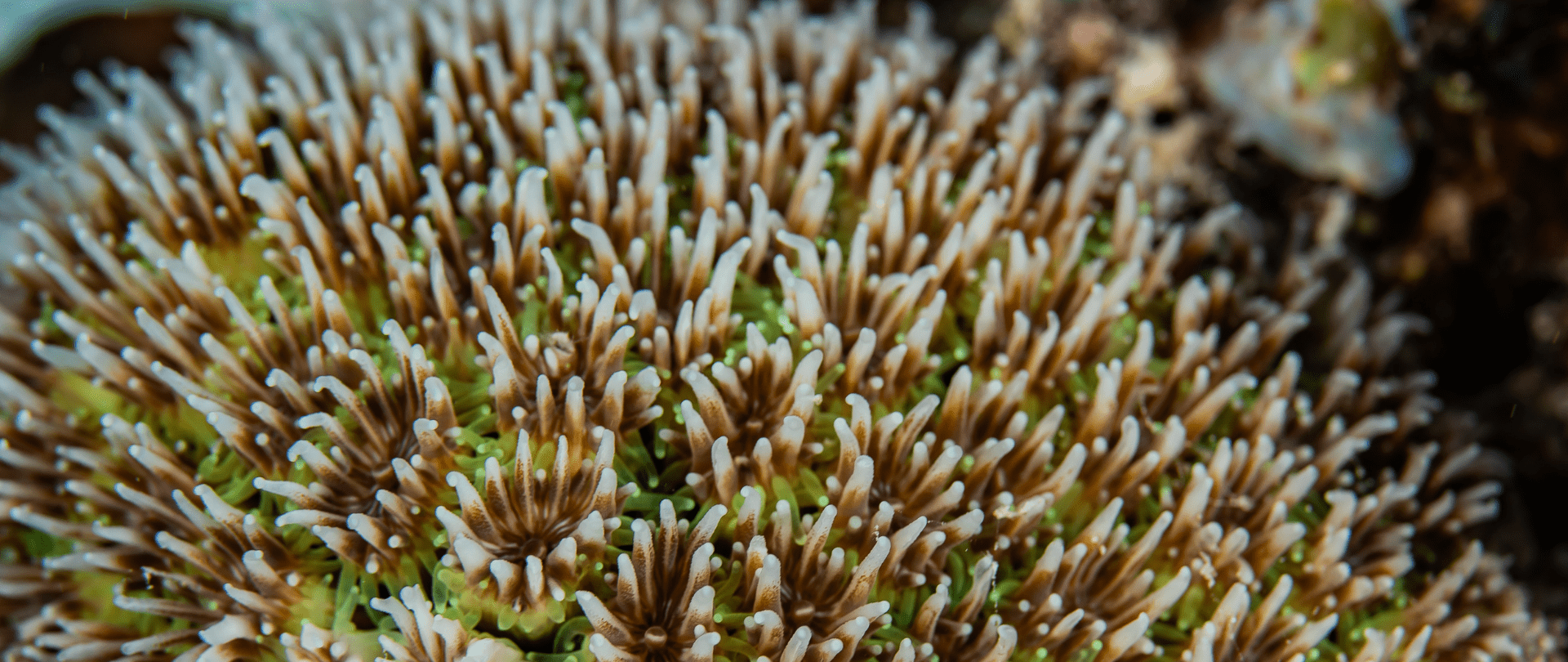
Climate Week NYC: what is it and why is it important? Read on to find out why Island Conservation is attending this amazing event!
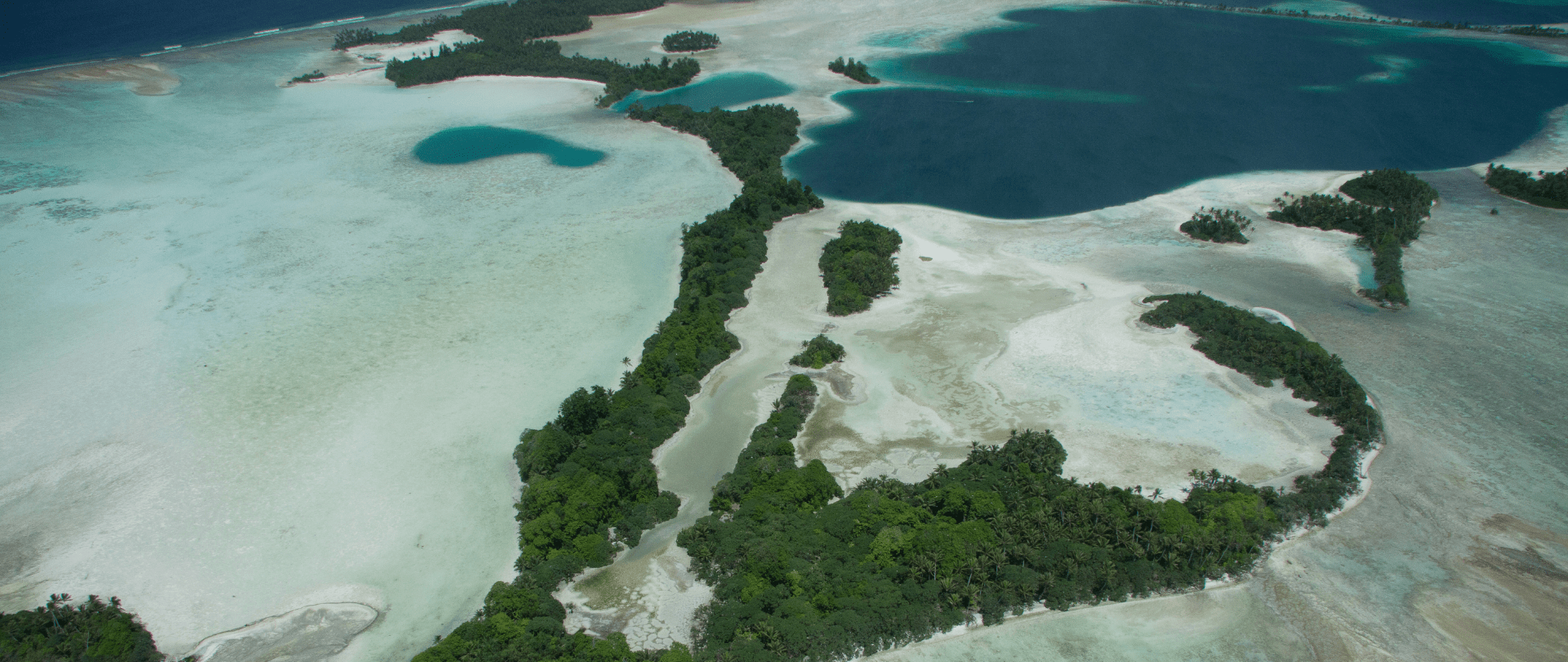
With sea levels on the rise, how are the coastlines of islands transforming? Read on to find out how dynamic islands really are!

Join us in celebrating the most amazing sights from around the world by checking out these fantastic conservation photos!
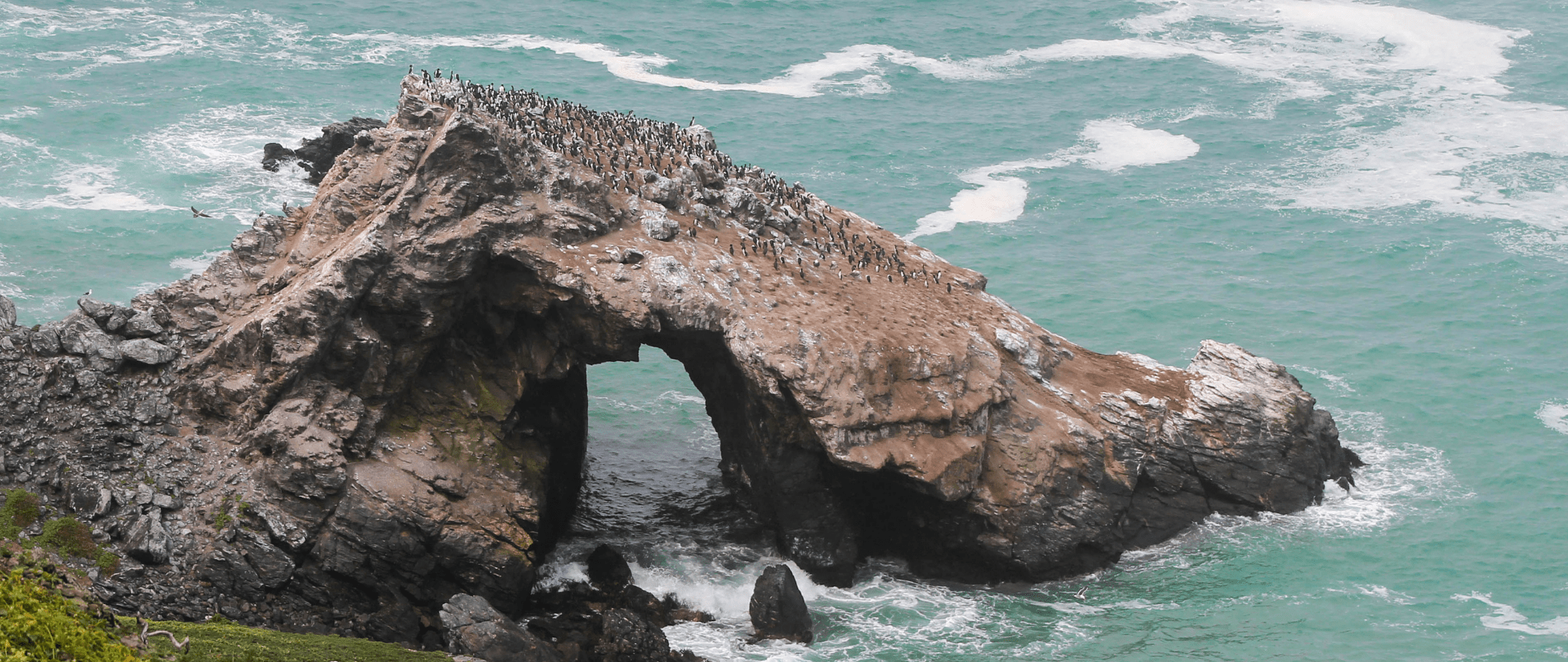
Rare will support the effort to restore island-ocean ecosystems by engaging the Coastal 500 network of local leaders in safeguarding biodiversity (Arlington, VA, USA) Today, international conservation organization Rare announced it has joined the Island-Ocean Connection Challenge (IOCC), a global effort to…
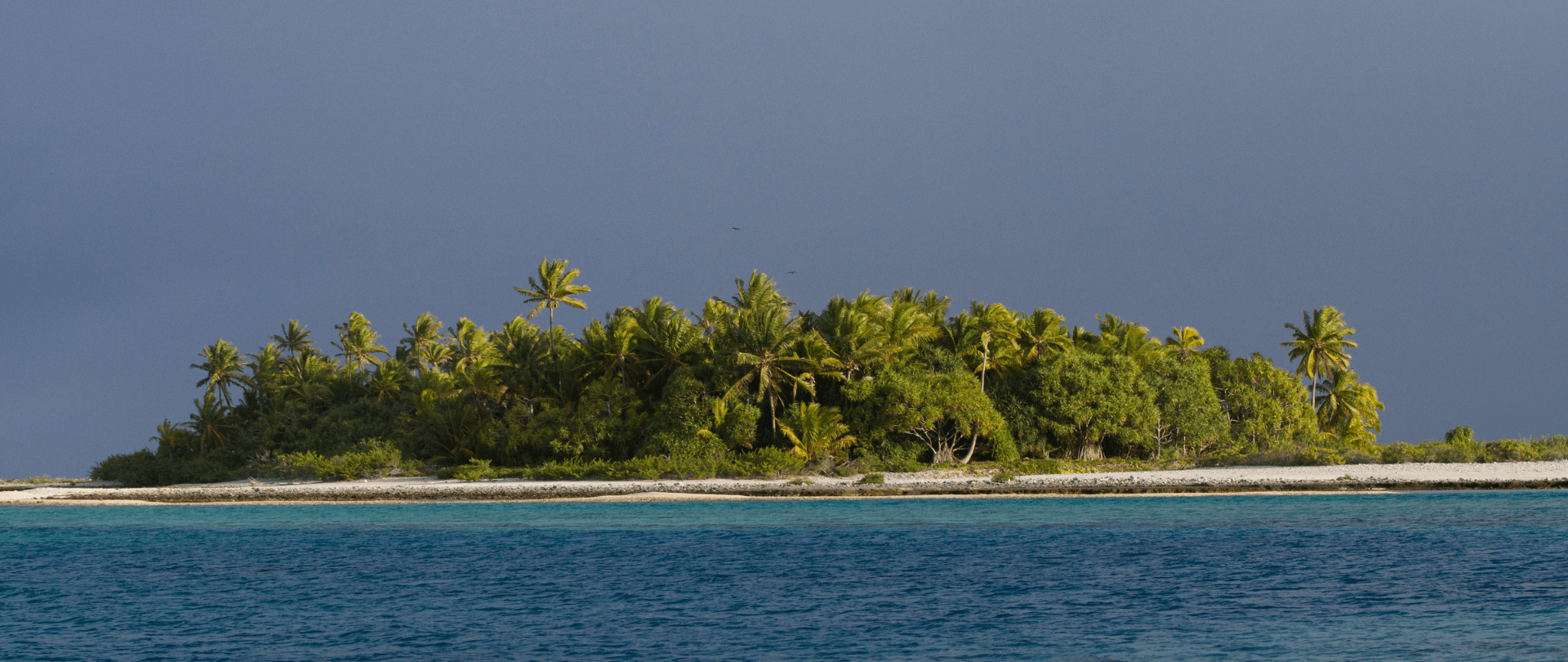
Island Conservation accepts cryptocurrency donations. Make an impact using your digital wallet today!
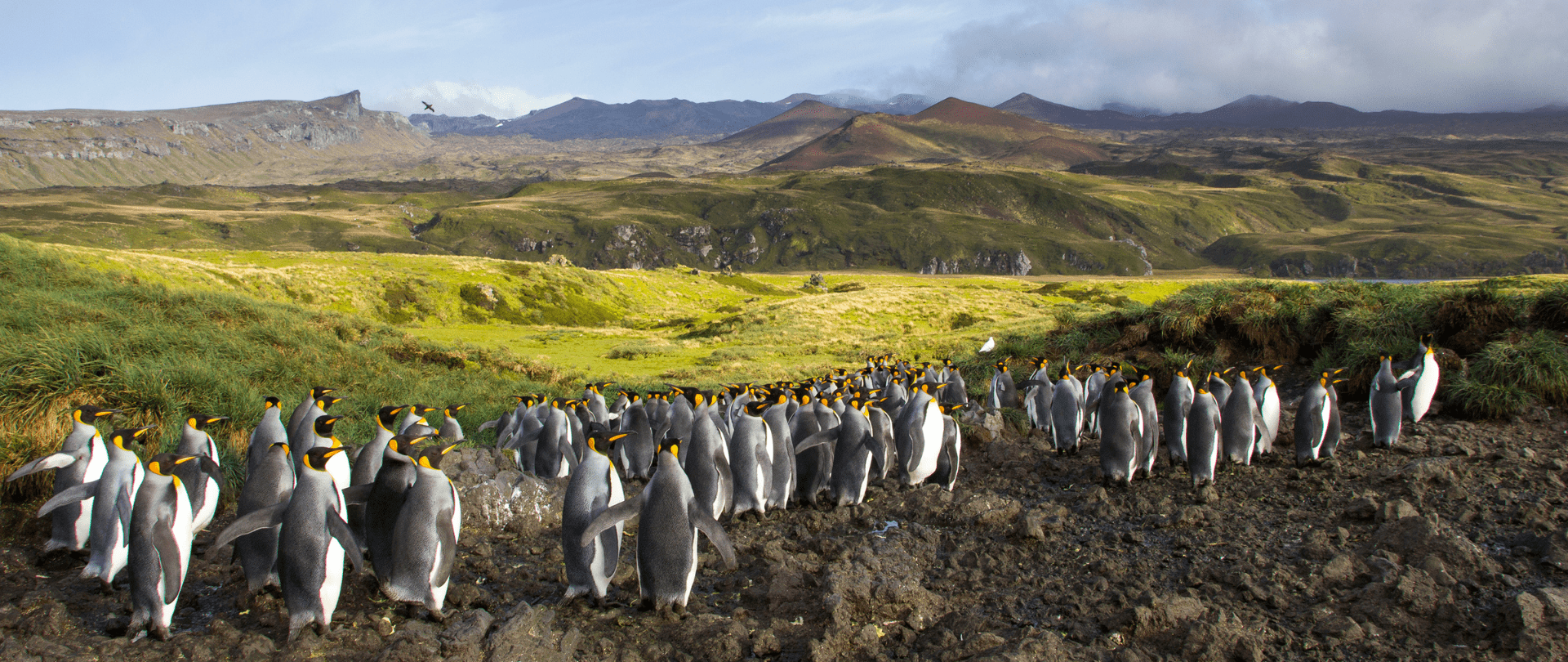
For Immediate Release Conservation powerhouse BirdLife South Africa has joined the Island-Ocean Connection Challenge (IOCC) – a global initiative aiming to restore, rewild and protect islands, oceans and communities – to support its work to save internationally significant albatross populations…